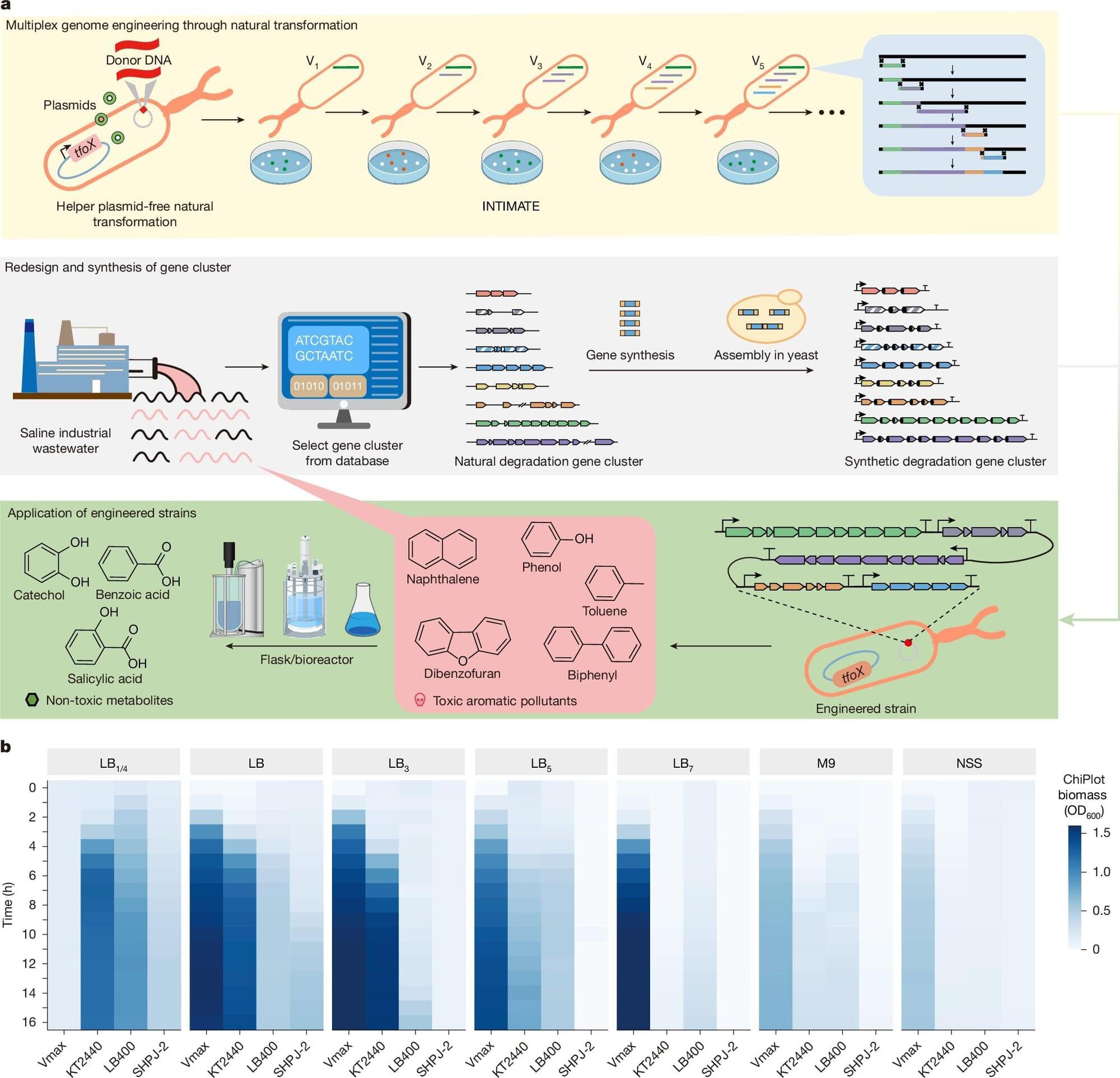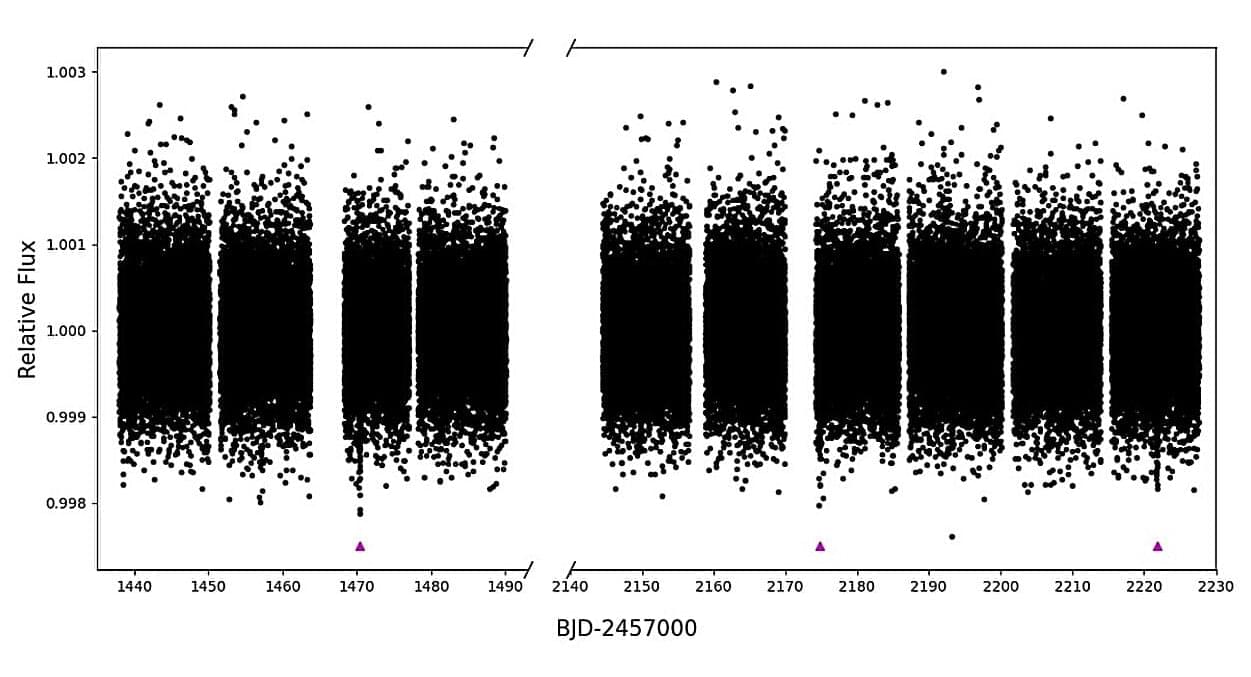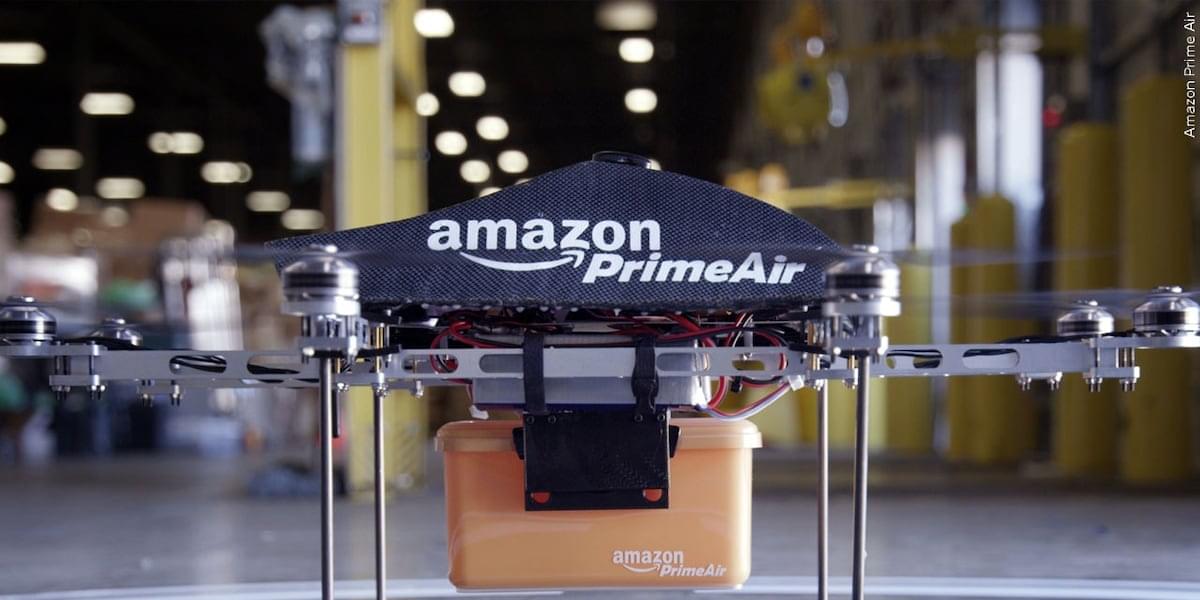A multi-institutional collaboration of synthetic biology research centers in China has developed a genetically engineered strain of Vibrio natriegens capable of bioremediating complex organic pollutants, including biphenyl, phenol, naphthalene, dibenzofuran, and toluene, in saline wastewater and soils.
Complex organic pollutants are prevalent in industrial wastewater generated by petroleum refining and chlor-alkali processing. Due to their chemical stability and resistance to natural degradation, these compounds persist in marine and saline environments, posing ecological risks and potential threats to public health.
Microbial bioremediation methods typically use consortia of wild-type bacterial strains, yet these organisms demonstrate limited capacity to degrade complex pollutant mixtures. Elevated salinity levels further inhibit bacterial activity, diminishing bioremediation efficacy in industrial and marine wastewater. Developing bacterial strains capable of degrading pollutants while tolerating saline conditions remains a critical challenge.








